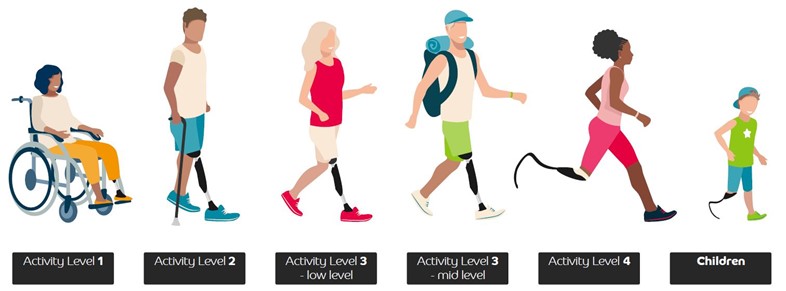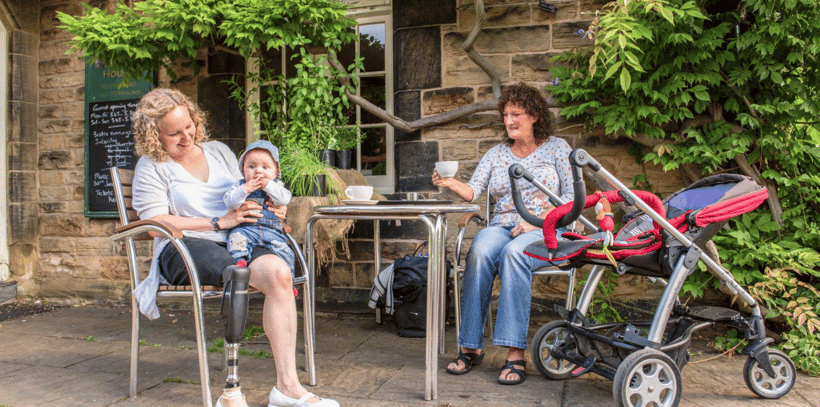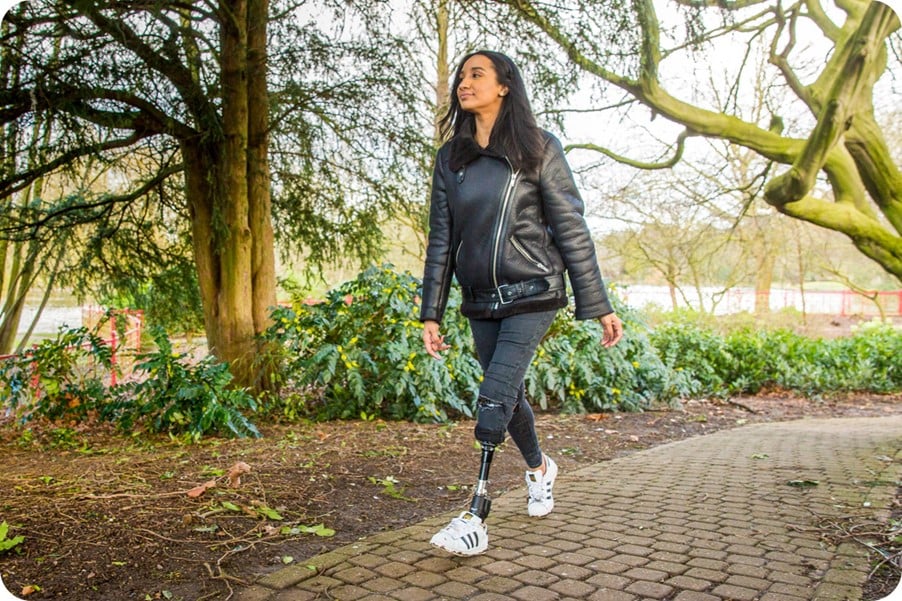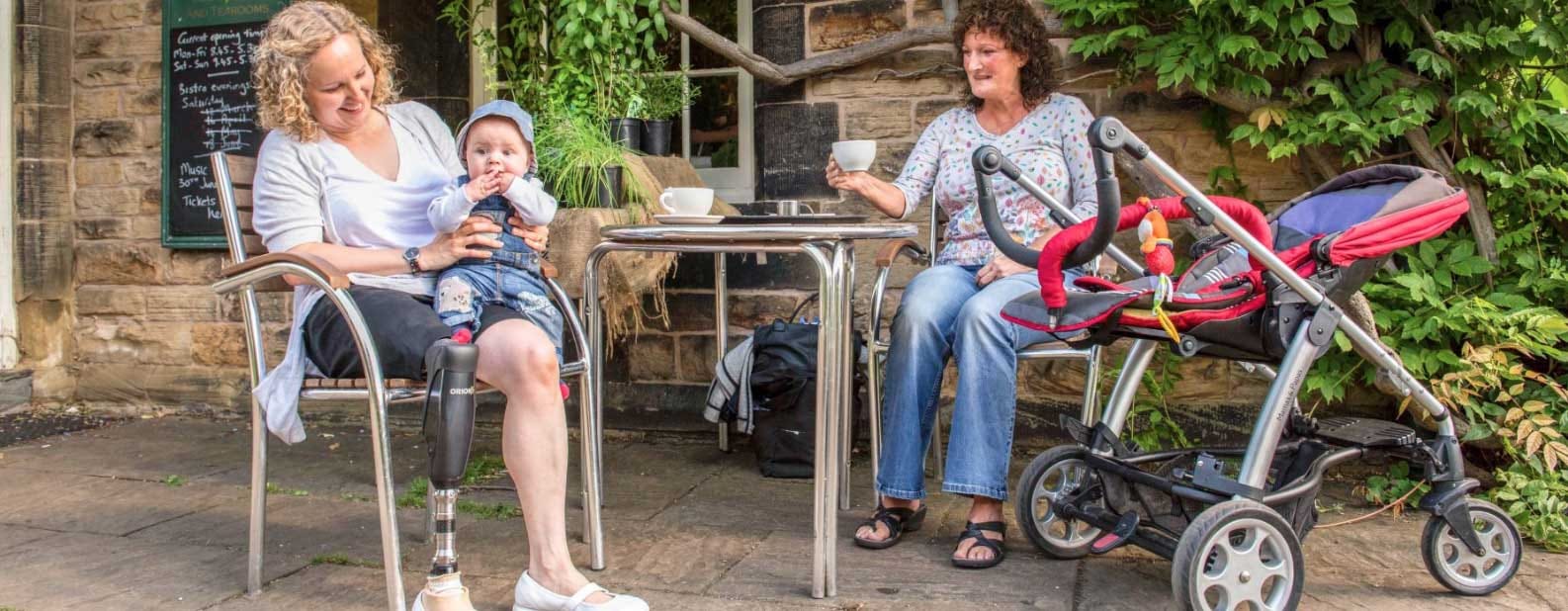Lower Limb Prosthetic Guidance for Caregivers
As a caregiver of a person with lower limb amputation, you understand that there is no way to measure the physical and mental strain brought on by their loss. You are aware of the difference that mobility can mean in someone’s life.
Our goal aligns with your goal: To help amputees regain their mobility; to regain their life.
Where Do You Start?
This new way of living may seem overwhelming for you and the amputee, but we are here to help caregivers get started. The following steps may be helpful:
1.) Have a conversation with the prosthetist about Blatchford’s available lower limb prosthetics to find the right device for the patient. There are many options available, depending on the patient’s activity level. Find the K-Level for the patient here.

2.) Reach out to the amputee community for advice and guidance. Facebook groups can be a great resource, as well as Blatchford’s Ambassadors of Mobility, (Blatchford volunteers whose mission is to help others who have also experienced lower limb loss).
3.) Ask the prosthetist about amputee support groups and therapists that specialise in limb loss counselling and therapy.
The Blatchford Community
For over 130 years Blatchford has designed and produced some of the world's most advanced artificial limbs and mobility solutions.

What Types of Prosthetics Exist?
From above knee prosthetics to below knee prosthetics, to biomimetic limb systems, Blatchford products are developed using science, technology, and a clear focus on people and long-term health of our users.
Orthotic & Prosthetic offices that work with our products are confident that Blatchford products are the best fitting prosthetics on the market.
High Tech Bionics
By connecting our advanced technology to the amputee’s life, our product becomes a true extension of the amputee. We tailor each step, stride, or jump with real-time feedback to improve their activity. We focus on the measurable gain that our one-of-a-kind technology can add to the amputee’s life.
We do not simply manufacture prosthetics; we design Performance Response Technology (PRT), the next generation of biomimetic prosthetics. Biomimicry is a practice that learns from and mimics the strategies found in nature to solve human design challenges.
Our Goal is Your Goal for the Patient: Long-term Health
We understand that good mobility and wellness go hand-in-hand. Through our products and services, we strive to get the best outcome for every user.
Our holistic approach to product design centres around the whole person and not just their mobility limitation. This ensures we develop solutions that not only help people to get the most out of every day, but to do so in a way that cares for their long-term health and wellbeing. We are committed to delivering value, quality, and an outstanding experience to every customer.
Understanding Prosthetics
Whether you are a new amputee or have lived with amputation for awhile, prosthetic technology can be overwhelming. We explain some of the technology behind today’s prosthetics and how Blatchford uses the natural working of the human body to influence the design of our products.
The cost of a prosthetic leg can range anywhere from $5,000 to $50,000. Getting an insurance company to approve the cost can be challenging.
All patients should get the lower limb prosthesis they need when they need it. Blatchford's "Patient Access" program (powered by Repatient) offers a service that makes sure this is possible.
Ask Your Prosthetist about Blatchford's "Patient Access" Repatient program and get help paying for your loved one's prosthetic device.

